Cérémonie au Beffroi Bosingak (보신각타종행사)
356.1M 2020-09-10
54, Jong-ro, Jongno-gu, Seoul
Bureau de gestion du Beffroi Bosingak : +82-2-2133-2641
La mairie de Séoul a organisé cette cérémonie qui fait sonner la cloche du Beffroi Bosingak depuis le 21 novembre 2006 pour les citoyens de Séoul et les touristes étrangers. Il a lieu tous les jours à midi, hormis lundi.
Seolleneun Majung (설레는마중)
356.9M 2021-03-30
49, Insadong-gil, Jongno-gu, Seoul
+82-2-6954-2915
It is a store that sells both traditional Korean desserts and coffee. This cafe is located in Jongno-gu, Seoul. The most famous menu is rice cake.
Meongseokjip (멍석집)
357.6M 2021-03-29
7, Donhwamun-ro 11da-gil, Jongno-gu, Seoul
+82-2-766-4620
This restaurant is frequently used as a place for group dinners by office workers. This restaurant's signature menu is grilled pork belly. This Korean dishes restaurant is located in Jongno-gu, Seoul.
Boulangerie Cheong Su Dang (청수당 베이커리)
359.2M 2023-09-13
31-9, Dunhwamun-ro 11 Na-gil, Jongno-gu, Seoul
La boulangerie Cheong Su Dang est un grand magasin qui sert à la fois de boulangerie et de café réputé pour son architecture hanok et son atmosphère apaisante.
Jirisan Restaurant (지리산)
360.9M 2019-08-01
30, Insadong 14-gil, Jongno-gu, Seoul
+82-2-723-4696
Jirisan is one of the representative Korean restaurants in Insa-dong, an area known for its traditional culture. One of the trademarks of this restaurant, besides its amazingly delectable bean and tofu dishes, is a wooden sign that welcome guests into a neat and cozy interior.
Each day, fresh beans are ground at the restaurant to prepare dishes such as soybean paste, soft tofu, and bean-curd tofu stew. Bean-curds are prepared by using seawater, which gives the tofu a unique flavor. The fresh and clean taste of the tofu is one of the many reasons that choosey tofu aficionados flock to the restaurant.
Not just limited to tofu, Jirisan presents customers with a full-range of side dishes such as kimchi, japchae (glass noodles with sautéed vegetables), cucumber kimchi, seasoned seaweed, braised lotus roots, roasted yellow corbinas (a type of fish), leafy greens, bean-curd stew, and more. The restaurant gives visitors a chance to experience a hearty traditional Korean-style meal, but has thoughtfully toned down its seasonings to appeal to a wider audience (particularly those not used to spicy foods).
One of the recommended menu items is the Jirisan set meal, which offers diners the chance to sample foods that are popular in the Jirisan region. Adventurous diners may want to try the sea urchin soup or dried Pollack soup.
The restaurant, originally a traditional Korean house, has been modified over the years to better suit the needs of its customers. The walls surrounding the structure were removed and a glass ceiling was installed to allow guests to enjoy the natural light of the sun as they sample some of the area’s best traditional Korean cuisine.
Cheese Industry (치즈인더스트리[치즈공업사])
361.5M 2023-08-22
33-7, Supyo-ro 28gil, Jongno-gu, Seoul
Cheese Industry désigne un café décoré comme un a ranch avec notamment des vaches en bois. L'établissement est spécialisé dans la vente de fromages.
Sarangchae (사랑채)
365.5M 2016-12-30
6, Insadong 16-gil, Jongno-gu, Seoul
+82-2-737-1155
Sarangchae is located in Insa-dong, one of the most famous neighborhoods visited by tourists. Majority of the restaurant's customers are foreigners, and they offer reasonably priced Korean dishes that are highly popular among foreign visitors.
Maison des sources d'eau chaude à Ikseon (온천집 익선)
365.5M 2023-08-07
31-8, Na-gil 11 Donhwamun-ro, Jongno-gu, Seoul
La maison des sources d'eau chaude à Ikseon est un espace consacré à la nature avec un lac et divers jardin dans un décor de type hanok. Le site propose aussi des services de restauration.
Chadolbakhin Jjukkumi - Jongro Branch (차돌박힌쭈꾸미 종로)
366.6M 2021-03-19
47-1, Samil-daero 17-gil, Jongno-gu, Seoul
+82-2-2648-9163
You can eat jjukumi (webfoot octopus) with cheese fondue. The best menu at this restaurant is stir-fried webfoot octopus. This is a Korean cuisine located in Jongno, Seoul.
Pavillon de Bosingak (보신각)
367.8M 2020-11-03
54, Jong-ro, Jongno-gu, Seoul-si
+82-2-2133-2641
Second trésor national de Séoul, situé à Jongno, le pavillon de Bosingak était utilisé durant la dynastie Joseon pour annoncer l’heure. Il y avait quatre portes à Séoul qui permettaient aux gens d'entrer et de sortir. A 4 h du matin, la cloche sonnait 33 coups et les portes s’ouvraient. A 19h, la cloche sonnait 28 coups et les portes se fermaient. La cloche servait aussi de sirène.
La cloche se situait dans le temps Wongaksa en 1468 avant d'être déplacée en 1618 dans sa position actuelle. Dans un but de conservation, la cloche originelle se trouve désormais au musée national de Corée. La cloche de substitution dans le pavillon a été réalisée en 1985.
Lors du réveillon de la Nouvelle Année, la cloche sonne 33 coups alors que des milliers de gens affluent dans la rue Jongno pour assister à cet évènement.
Les touristes peuvent également assister à une reconstitution de la cérémonie de la cloche (sauf les lundis) à partir de 11h20.
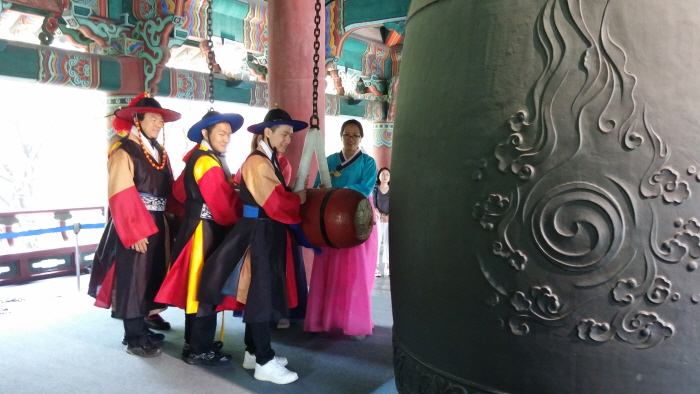
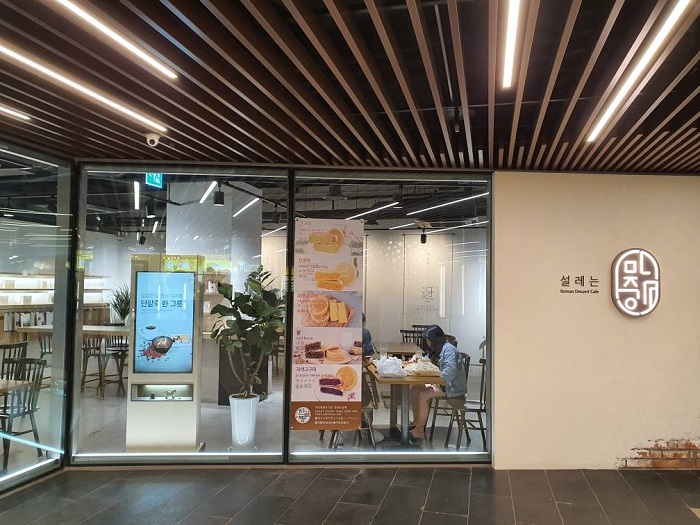
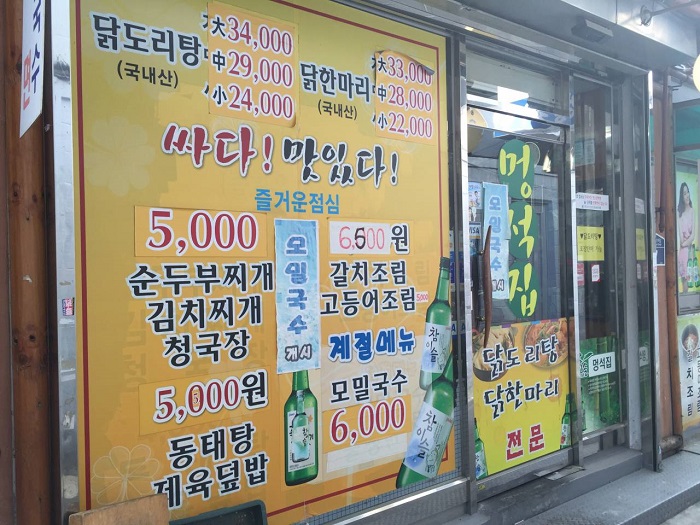
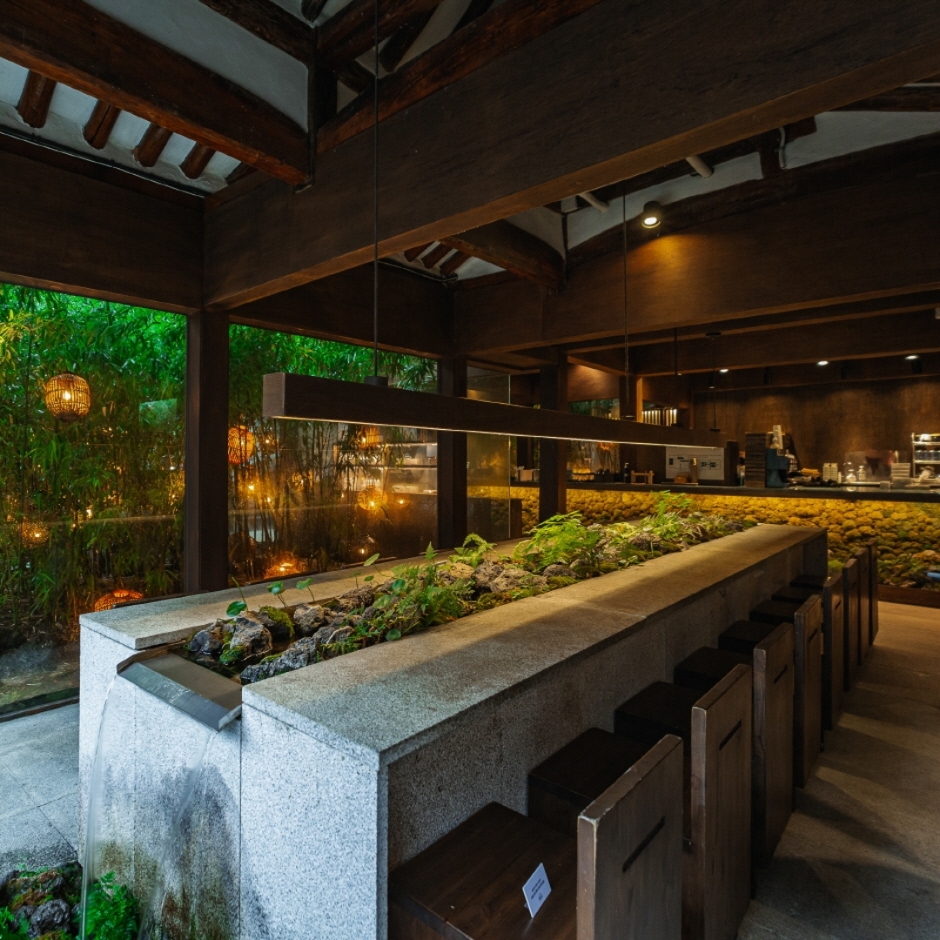
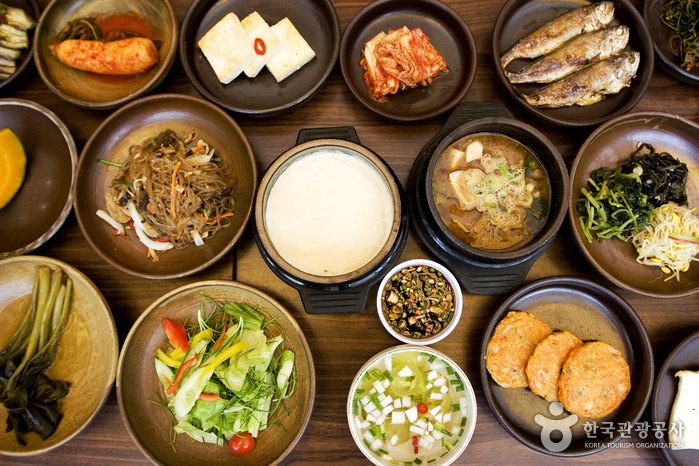
![Cheese Industry (치즈인더스트리[치즈공업사])](http://tong.visitkorea.or.kr/cms/resource/67/2997867_image2_1.jpg)

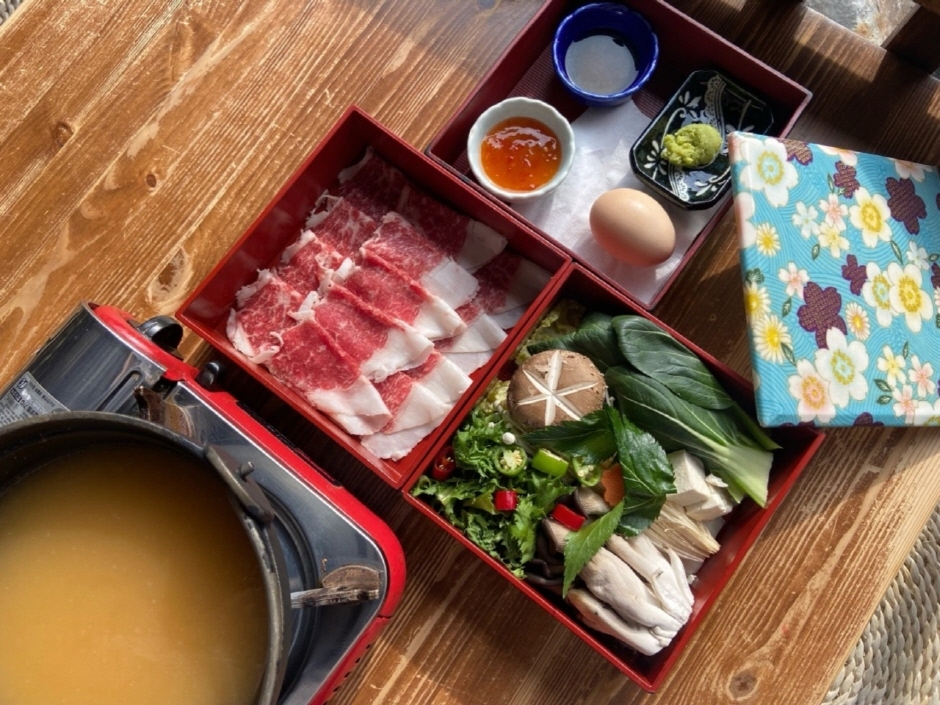
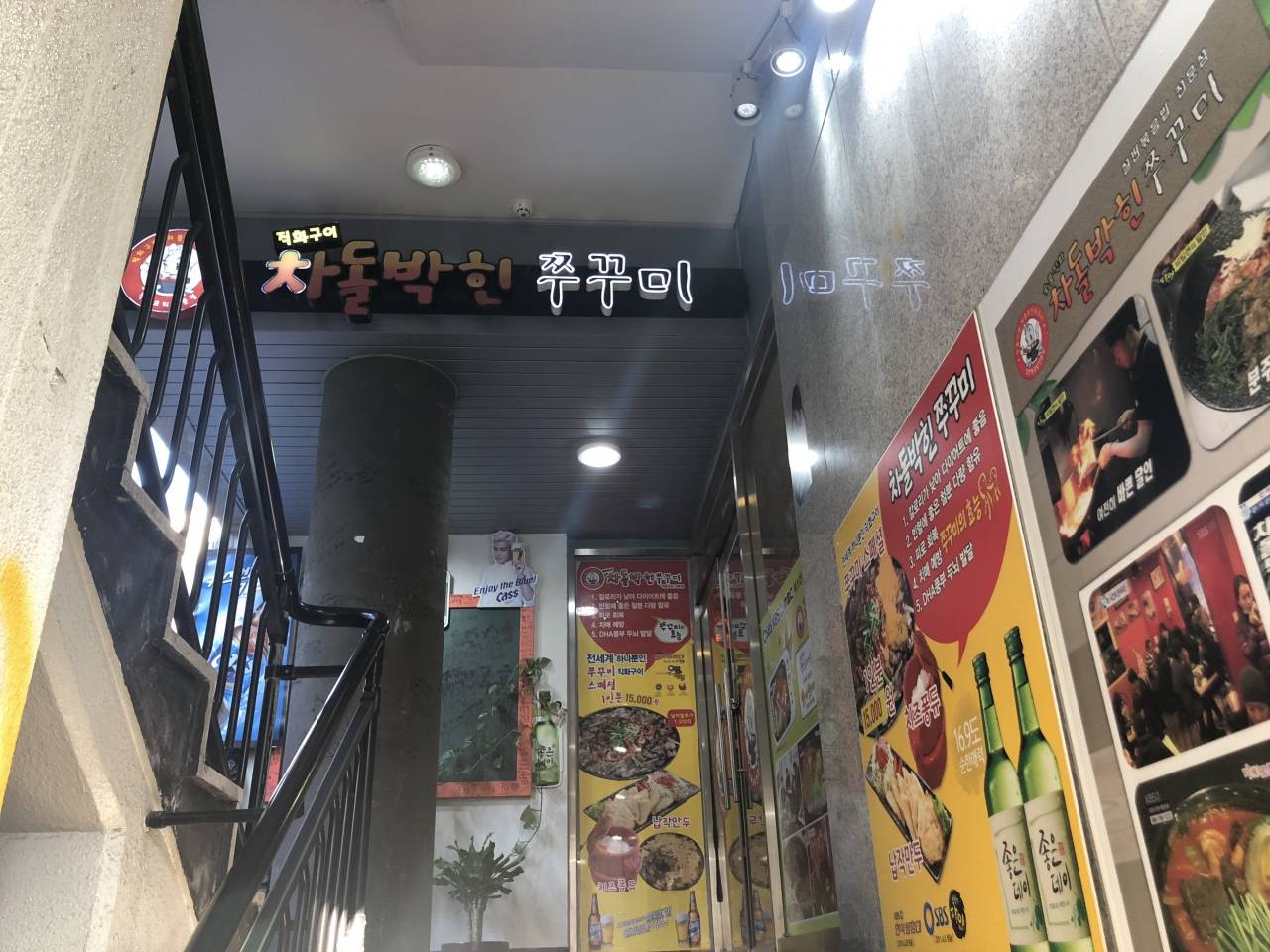
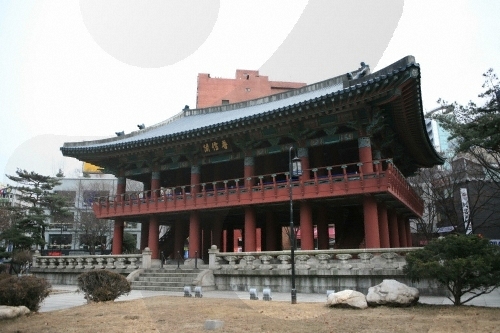
 Français
Français
 한국어
한국어 English
English 日本語
日本語 中文(简体)
中文(简体) Deutsch
Deutsch Español
Español Русский
Русский